Record heatwaves across much of Asia have caused power shortages and blackouts, posing challenges to supply and the transition to renewable energy sources.
In China, Shanghai endured its hottest May in over a hundred years with a record high temperature of 40.2 degrees Celsius. The heat wave is expected to continue in the southern region for the next few days.
India, Pakistan and Southeast Asia also experienced severe heat waves in April, causing heavy damage to infrastructure and increasing the number of heat stroke cases.
Bangladesh also experienced its hottest spell in 50 years, while Thailand recorded a record temperature of 45 degrees Celsius. Temperature records continued to be set in May, when it was Singapore's hottest month in 40 years.
Researchers have warned that areas that are less exposed to heatwaves may be most at risk, such as the Chinese capital Beijing and surrounding areas.
Scientists warn that up to 2 billion people will suffer extreme heat if global temperatures continue to rise at the current rate, which is expected to increase by an average of 2.7 degrees Celsius this century, with India being the worst affected country.
According to the World Health Organization (WHO), extreme heat can lead to a range of illnesses and deaths, the main ones being heatstroke and hyperthermia.
Extreme temperatures also exacerbate chronic conditions and have indirect impacts on disease transmission, air quality and critical infrastructure.
The elderly, infants and children, pregnant women, manual and outdoor workers, athletes and the poor are particularly vulnerable to higher temperatures.
Record-breaking heatwaves across much of Asia are testing supply and the transition to renewable energy sources.
The problem is how to ensure backup supply, upgrade the transmission system, reform taxes to ensure grid reliability and promote green energy transition.
The heat wave has caused power shortages and blackouts, causing damage to several countries in the region.
Improving the reliability of Asia’s power grids will require costly upgrades. Upgrading the Asia-Pacific region’s transmission and distribution networks alone could cost at least $2 trillion over the next decade.
Meanwhile, the reality is that it is difficult to predict and control the power source received from wind and solar energy because it also depends on weather conditions in each locality where these types of plants are installed.
In addition, it is also difficult to increase the capacity of such new renewable energy power generation facilities when dealing with sudden increases in electricity demand.
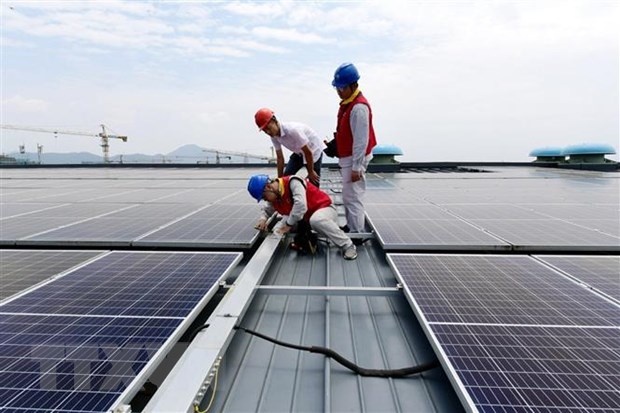
Green energy capacity in Asia is set to grow by 12% by 2022, the fastest growth among major regions in the world, the International Renewable Energy Agency (IREA) said.
Consulting firm Wood Mackenzie forecasts that the share of renewable energy including hydropower in Asia's total green energy capacity will increase to 28% in 2023, double the level in 2011. Wind and solar energy will still dominate.
IREA said renewable energy capacity increased by a record 10% globally in 2022, with Asia seeing the largest growth in renewable energy infrastructure in 2022.
China was the main contributor, adding 141 GW of new renewable capacity, nearly half of the global total of 295 GW. However, the country has had to maintain the availability of coal and natural gas plants to meet demand and cope with any spikes in demand during the early heatwave.
Meanwhile, India has also boosted domestic coal production and increased storage to the highest level since the COVID-19 pandemic, while extending the implementation of an emergency directive forcing thermal power plants to use imported coal to maximize output./.
(Vietnam+)
Source link
































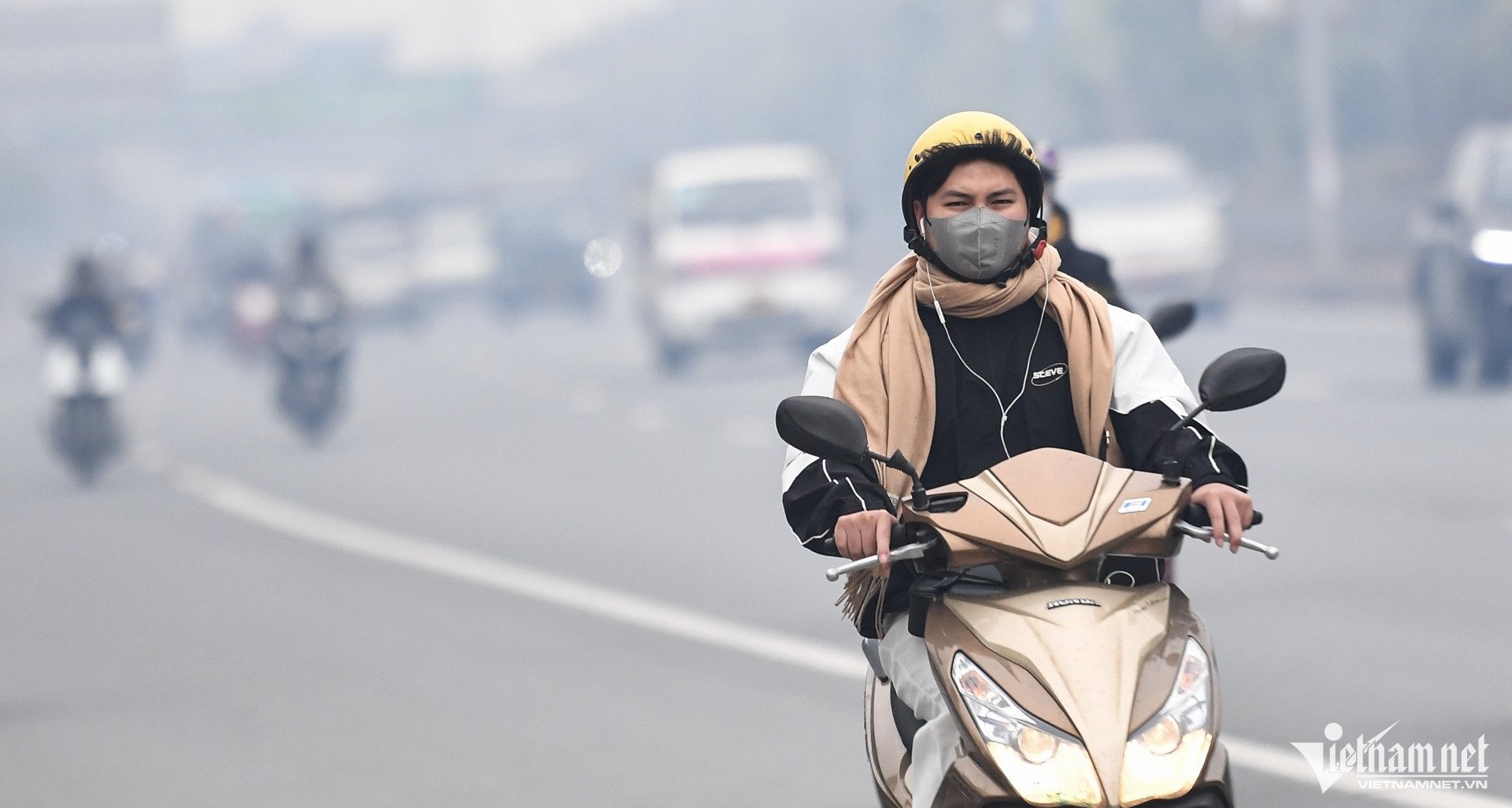







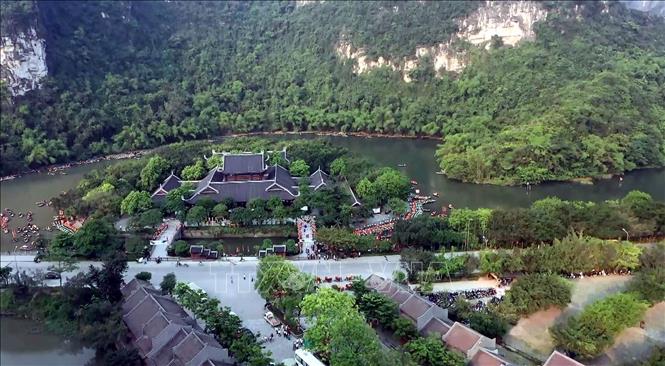

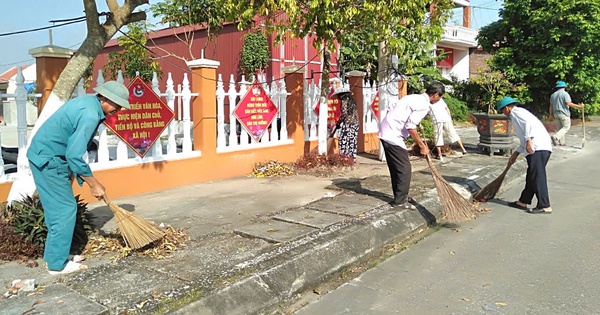
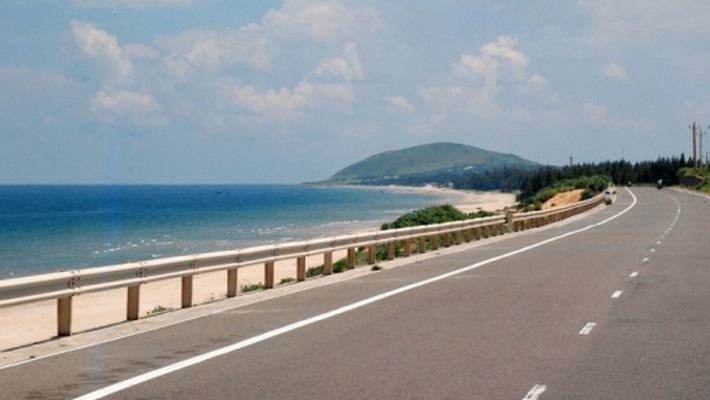
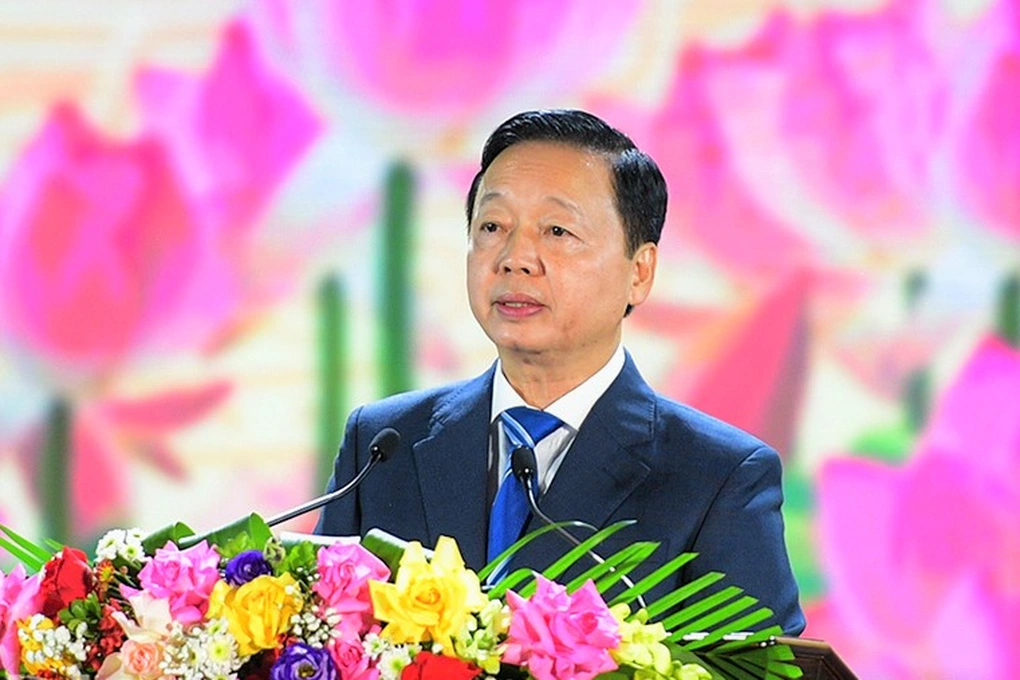


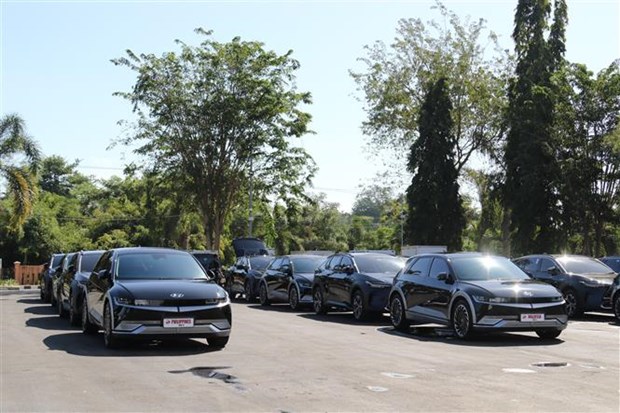
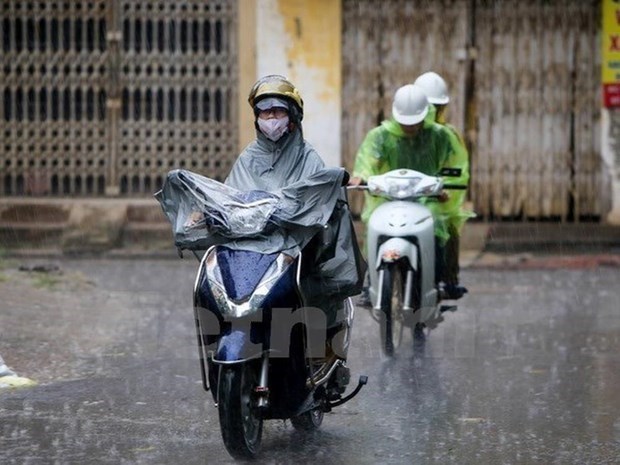
















Comment (0)